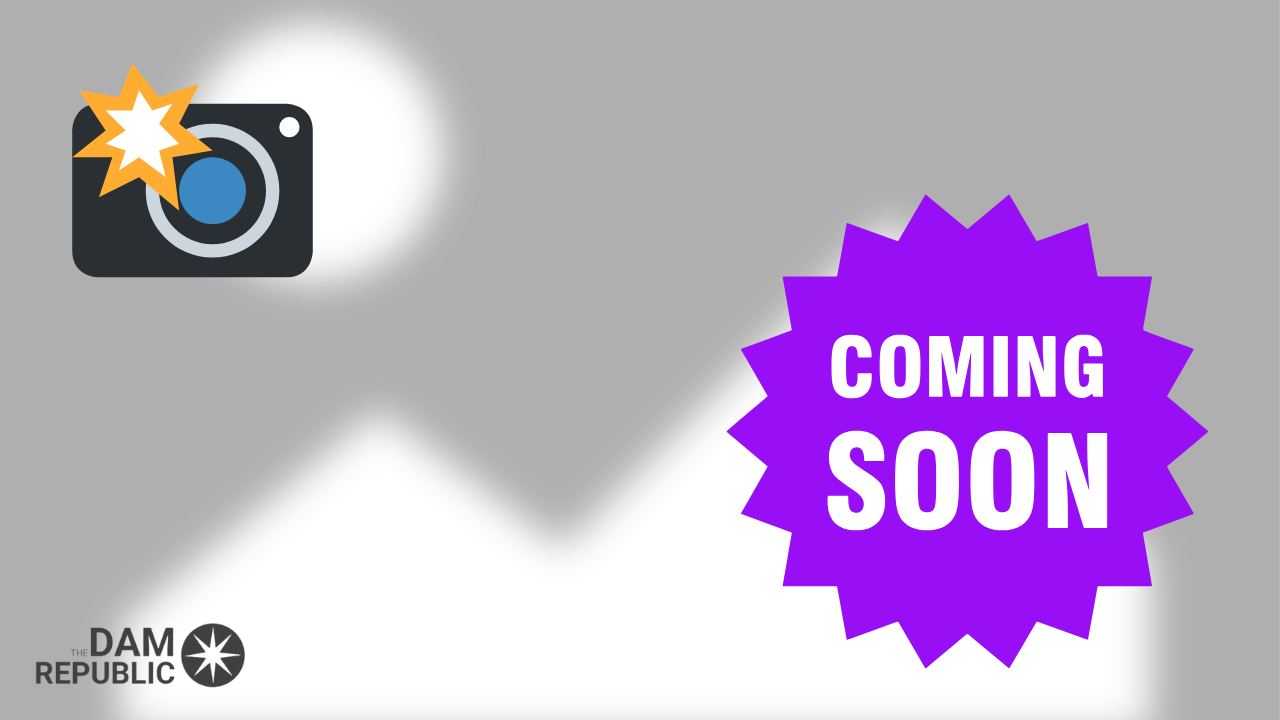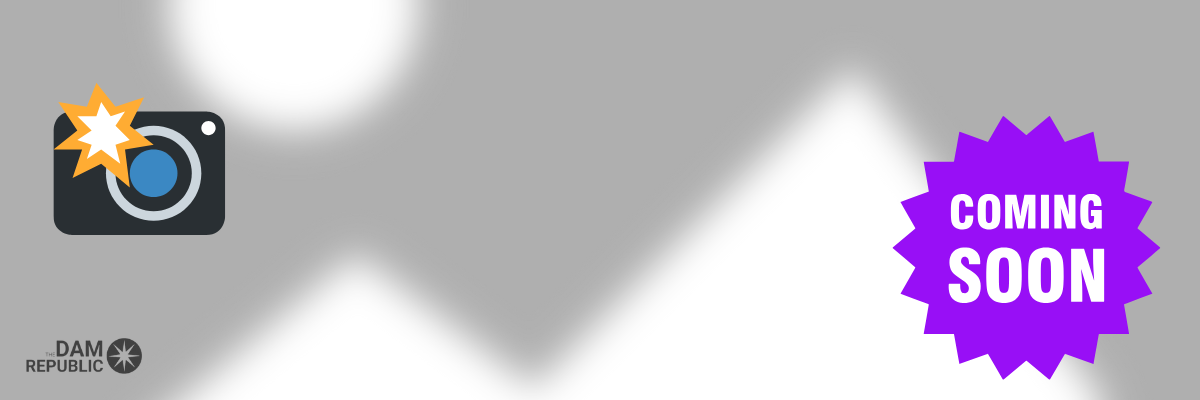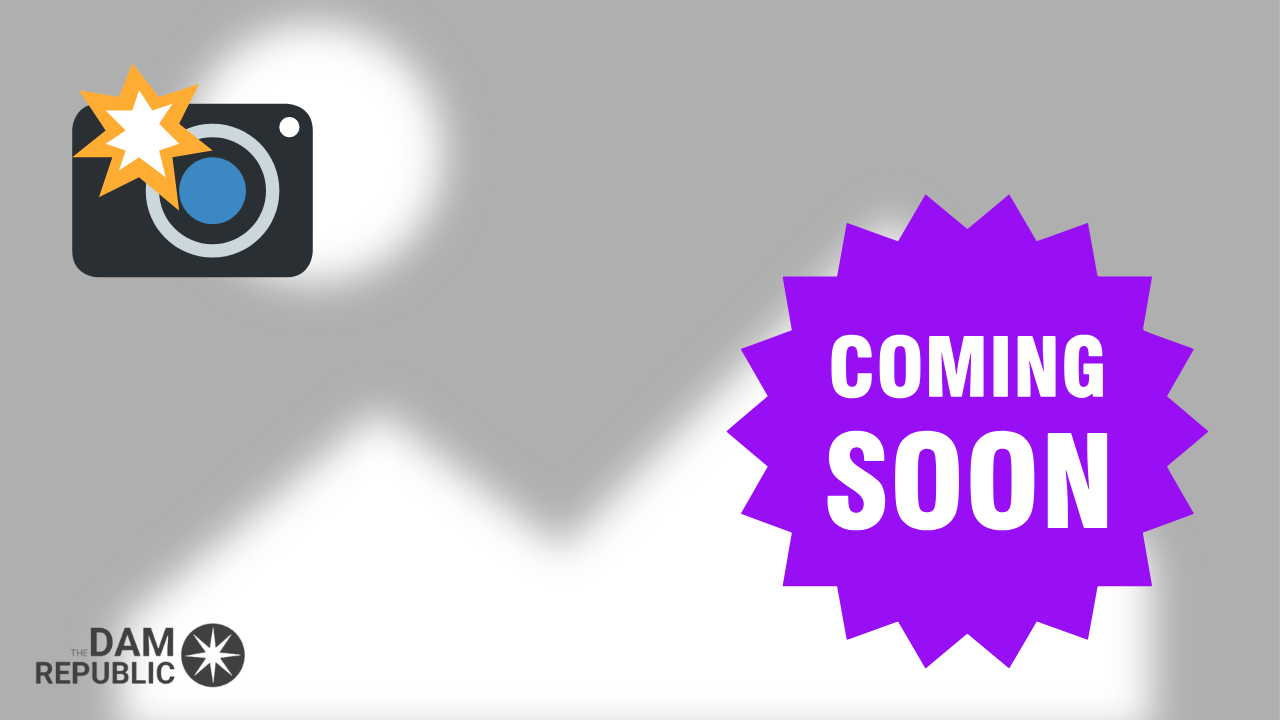Understanding Digital Asset Management—A Modern Guide
Share Article

🗺️Article Navigation
Introduction 🔔
In today’s content-driven world, businesses are producing more digital files than ever before. From product photos to marketing videos, logos to social media templates, the volume of assets continues to grow— and so does the challenge of managing them.
That’s where Digital Asset Management (DAM) comes in. But what is it really? And how can it help?
Whether you're just hearing the term for the first time or you're trying to make sense of how DAM fits into your tech stack, this guide will help you understand the basics of DAM, why it's essential, and how it can streamline your operations and maximize the value of your content.
You Need to Know 💡
At its core, digital asset management is a centralized system for storing, organizing, accessing, and distributing digital files. These “assets” might include:
- Photos and image files(JPG, PNG, RAW)
- Videos
- Logos and brand kits
- PDF documents and presentations
- Audio files
- Design templates
- Marketing collateral
- 3D models and product renders
A DAM solution helps you organize these assets in a structured, searchable repository —think of it as a superpowered media library, but one designed for teams and scalable workflows.
Why DAM Is More Than Just Storage
It’s easy to think of a DAM as a glorified Dropbox or Google Drive. But DAM is much more:
- Metadata tagging: Apply searchable keywords and fields to assets
- Version control: Track changes and manage asset history
- Permissions: Control who can see, edit, or download each file
- Usage rights management: Avoid copyright or compliance risks
- Workflow automation: Enable approvals, reviews, and distribution paths
- Brand consistency: Ensure teams only use approved, up-to-date assets
DAM is not about simply storing files—it’s about activating them.
Organizations of all sizes and industries turn to DAM to solve common challenges:
- 🕒 Lost Productivity
If your team wastes hours searching for the “right version” of a logo or re-creating assets that already exist, you have a DAM problem. A proper system reduces search time dramatically. - 🎨 Inconsistent Branding
Old logos, outdated PDFs, or rogue templates dilute your brand. DAM helps control what’s published and shared externally. - 📂 Siloed Content
When assets are stuck in team folders or individual inboxes, collaboration suffers. DAM breaks down silos and connects departments with a single source of truth. - ⚖️ Compliance & Licensing Risk
Misusing licensed imagery or outdated legal disclaimers can lead to fines or lawsuits. DAM helps mitigate these risks by surfacing rights information and expiration dates.
A DAM serves cross-functional teams. Here’s how different roles benefit:
- 🎯 Marketing: Finds brand-ready content quickly, manages campaigns
- 🎨 Designers: Uploads high-res files, ensures version control
- 💼 Sales: Pulls pitch decks or approved product imagery
- ⚖️ Legal: Reviews usage rights and ensures compliance
- 🛠️ IT/Admins: Manages system access and integrations
- 🤝 External Partners: Accesses only what they need via secure portals
When evaluating DAM systems, look for these core features:
- 🤖 AI-powered tagging: For faster metadata application
- 🔎 Smart search: With filters, faceted browsing, and saved queries
- 🧑💼 Robust user roles and permissions
- ✅ Approval workflows: And task assignments
- 🔗 Integrations: With tools like Adobe Creative Cloud, CMS, PIM, and social platforms
- ☁️ Cloud-based access: From anywhere
- 📊 Analytics dashboards: To monitor usage and engagement
Not sure if you’re ready for a DAM system? Ask yourself:
- ❓ Are your teams duplicating effort because they can’t find existing assets?
- 🎨 Are brand guidelines ignored or inconsistently applied?
- 📁 Do you have multiple folders of content with unclear naming conventions?
- 🚫 Are your files too large or complex for tools like Google Drive to manage?
- 📤 Do you send assets back and forth over email or WeTransfer?
If you said “yes” to more than one, it’s time to seriously consider a DAM.
- ❌ “We’re too small for a DAM.”
DAMs aren’t just for enterprise companies. Mid-market and even small teams benefit when content volume increases. - ❌ “We already have Dropbox or SharePoint.”
Those are file storage tools—not asset management systems. They lack metadata, workflows, brand governance, and rights management. - ❌ “It’s just for marketers.”
While marketing often leads the way, DAM supports sales, product, IT, legal, and external vendors.
If you’re exploring DAM for the first time, here are a few key steps:
- Audit your existing assets – Where are they stored? What formats? Who owns them?
- Talk to stakeholders – Understand pain points across departments.
- Define your goals – Are you trying to improve brand consistency, cut down asset duplication, or support remote teams?
- Build a business case – Quantify the value of time saved, rework avoided, and brand compliance.
- Start small – You don’t need to migrate every asset on Day 1. Focus on your most valuable and used content first.
Conclusion 🏁
Digital Asset Management isn’t just a tool—it’s a mindset. It's about treating content like a business asset that deserves structure, care, and strategy.
As content demands grow, a DAM becomes the digital foundation that empowers your teams to move faster, stay aligned, and create with confidence.
At The DAM Republic, we believe that good content deserves to be found, used, reused, and respected. That’s the power of DAM.
Explore More 🔍
Did you find this Article helpful? Dive deeper into the world of Digital Asset Management by exploring more on our Insights page. You’ll find exclusive content, expert perspectives, and advanced strategies to boost your knowledge.
If you gained value from this guide, don’t forget to share it with your network – knowledge is better when it’s shared! Keep exploring, and let’s continue mastering the future of content together.
Viva la Republic. Become a citizen. Stay DAM informed. 🏆


